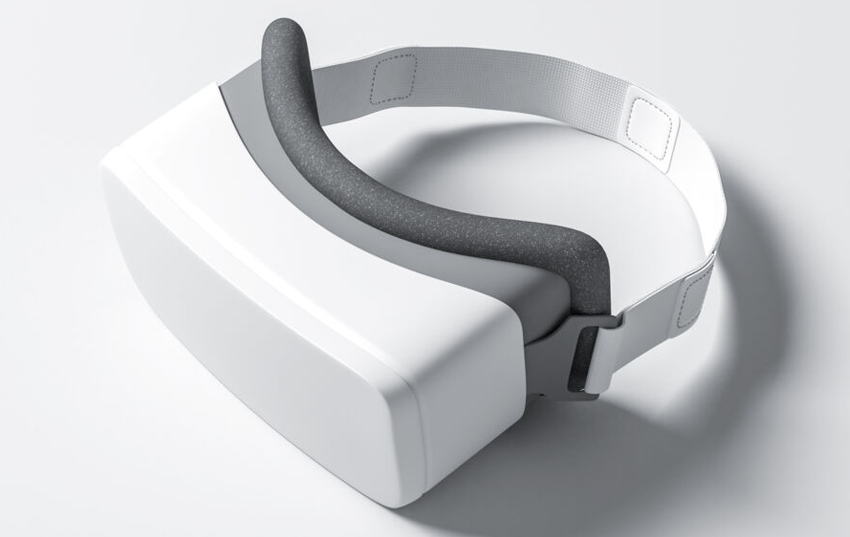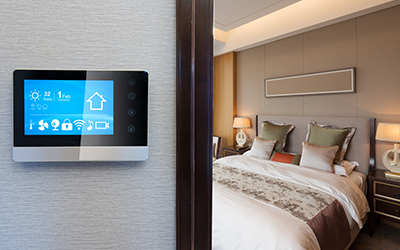
Source: Customdesigner/iStock/Getty images.
Consumer adoption of wearable devices has largely stagnated, with most new purchases coming from device upgrades rather than new users. The market seems like it’s waiting for a new spark to drive interest, whether that’s a new stand-out device or a novel use case. However, it’s a tough market to crack because even Apple’s entrance into the VR headset space did not cause a sustained rush of new adoption.
Economic factors are certainly playing a role when it comes to buying. Many consumers see wearable tech as discretionary spending that they simply can’t afford right now. And it certainly doesn’t help that consumer electronics is one of the main areas consumers pull back on when facing economic uncertainty.
This report presents the findings of a recent survey conducted by S&P Global Market Intelligence 451 Research, which asked US consumers about their device ownership and buying plans.
Key takeaways from the survey
Wearable tech adoption has stagnated. Wearable devices continue to cultivate a stable and loyal following, with 46% of respondents saying they own at least one of these types of devices. This is up slightly compared with the last couple of years, indicating that wearable usage has likely plateaued. While broad economic uncertainty plays a role, the data also shows that planned buying is higher among current device owners than non-owners. As we have seen in previous years, new wearable device purchases are much more likely to come from current owners refreshing existing devices or adding new ones to their household rather than from non-owners buying their first device.
The economy is an ever-present factor. It is virtually impossible to talk about consumer purchasing habits without acknowledging the overall economic environment. While many consumers are delaying discretionary purchases, it’s important to note that in some circumstances, consumers do appear to be making exceptions for certain “must-have” discretionary items. It’s just that for most people, wearables aren’t on that list.
In general, our data shows a baseline where lower-income households (<$50,000 per year; 37%) already lag well behind higher-income ones (>$100,000 per year; 62%) in terms of wearable tech ownership. But it’s planned buying where the impact of the economy stands out the most, with one-third (34%) of lower-income households planning to buy a wearable device in the future compared with 46% of higher-income households.
Older consumers remain largely on the sidelines. One trend that has not changed is the overall lack of interest in wearables from baby boomers and the Silent/Greatest Generation. These cohorts continue to have extremely low adoption rates within this market (34% and 24%, respectively) compared with members of Gen Z (76%) and millennials (71%). This phenomenon limits the uptake of wearable devices, with future adoption relying primarily on Gen Z and Generation Alpha as they approach adulthood. Of course, there’s always the potential for broader adoption as hardware and use cases continue to evolve.
On that note, it’s interesting to point out that the constantly improving medical technology built into wearables hasn’t motivated more older consumers to adopt these devices and take advantage of their health tracking capabilities. As seen in our recent retirement surveys, older consumers who do use wearable devices tend to favor dedicated health monitors and fitness tracking as long as those devices add value to their health journeys and are convenient to use.
No major changes in device ownership. The survey shows very little change in ownership rates relative to 2024’s survey. Smartwatches (21%), smart earbuds (17%), fitness trackers (14%) and smart headphones (11%) remain entrenched as the top wearable devices, likely because their use cases and appeal are the most broadly defined. Dedicated health monitors (7%) are the only other devices to meet these criteria, but they have more utility for older consumers who are the least likely to use wearables in general. Further down the list, personal safety devices, smart jewelry, virtual reality headsets and smart footwear show some traction among Generation Z and millennials but drop off noticeably among other generational cohorts.
Apple remains the most preferred smartwatch and smart earbud brand. Apple is the most popular brand in the two most popular wearable device categories, leading Samsung in both smartwatches (58% versus 22%) and smart earbuds (51% versus 23%). Their popularity is spread across all age demographics but is especially strong among younger consumers. It’s worth noting, however, that Samsung remains well ahead of all other manufacturers in these categories. Both Apple and Samsung are perceived to have the most robust ecosystems across these device types, which gives them a competitive advantage over other competitors.
Apple and Samsung lead in satisfaction and brand loyalty. A key reason why Apple and Samsung remain on top is in the all-important metric of customer satisfaction. Apple has the highest percentage of smartwatch users who say they are very satisfied (67%), but Samsung (66%) is not all that far off pace. However, Apple has a huge advantage when it comes to brand loyalty, where 93% of current Apple Watch owners say they plan to buy another one in the future compared with just 62% of current Samsung Gear owners who say the same. This is true of smart earbuds too, where Apple (71%) again has the highest very satisfied number compared with Samsung (64%), as well as higher brand loyalty (88% versus 77%, respectively).
VR headset adoption holding steady. Overall, the use of augmented/virtual reality (AR/VR) headsets has grown only a scant one percent since 2024’s survey. Despite this, there are some changes at the manufacturer level. Meta/Oculus (31%) is still the most-used brand, but it is down 6 points compared with 2024. Apple surged to second place in 2024’s survey but has now plateaued at 21%. Both Samsung (14%) and Sony (13%) have each gained 4 points compared with 2024. Although it’s still an emerging consumer technology, customer satisfaction can be an important bellwether. Currently, Sony leads, with 79% of users saying they are very satisfied with their device, followed by Apple (70%), Samsung (61%) and Meta/Oculus (58%).
Want insights on consumer technology trends delivered to your inbox? Join the 451 Alliance.

